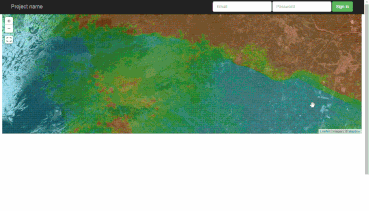I'm in the process of designing a new system for a large geospatial data set that will require rapid read query performance. Therefore I want to see if anyone thinks it is possible or has experience/advice about suitable DBMSs, data structure, or alternative methods to achieve the required performance in the following situation:
Data will be continuously produced from processed satellite radar data, which will have global coverage. Based on the satellite resolution and land coverage of the globe, I estimate the full data set to produce values at 75 billion discrete locations on the globe. Over the life span of a single satellite, the output will produce up to 300 values at each of these locations (so a total data set of >22 trillion values). This is for one satellite, and there is already a second in orbit, with another two planned in the new few years. So there will be a lot of data! A single data item is very simple and will only consist of (longitude, latitude, value), but due to the number of items I estimate a single satellite to produce up to 100TB.
The written data should never need updating, as it will only grow as new satellite acquisitions are processed. Write performance is not important, but read performance is crucial. The goal of this project is to be able to visualize the data through a simple interface such as a layer over google maps, where each point has a colored value based on its average, gradient, or some function over time. (demo at end of post).
From these requirements, the database needs to be scalable and we are likely to look towards cloud solutions. The system needs to be able to deal with geospatial queries such as "points near (lat,lon)" and "points within (box)", and have read performance of < 1s for locating a single point, and polygons which contain up to 50,000 points (although up to 200,000 points would be preferable).
So far I have a test data set of ~750 million data items at 111 million locations. I've trialed a postgres/postGIS instance, which worked OK, but without the possibility of sharding I don't this this will be able to cope as the data grows.I have also trialed a mongoDB instance, which again appears to OK so far, and with sharding it might be sufficient to scale with the data volume. I've recently learnt a little about elasticsearch, so any comments on this would be helpful as it is new to me.
Here is a quick animation of what we want to achieve with the full data set:

This gif (from my postgres trial) is serving (6x3) pre-computed raster tiles, each containing ~200,000 points and taking ~17s to generate each. By clicking a point the graph is made by pulling all historic values at the nearest location in < 1s.
Apologies for the long post, all comments/advice are welcome.
